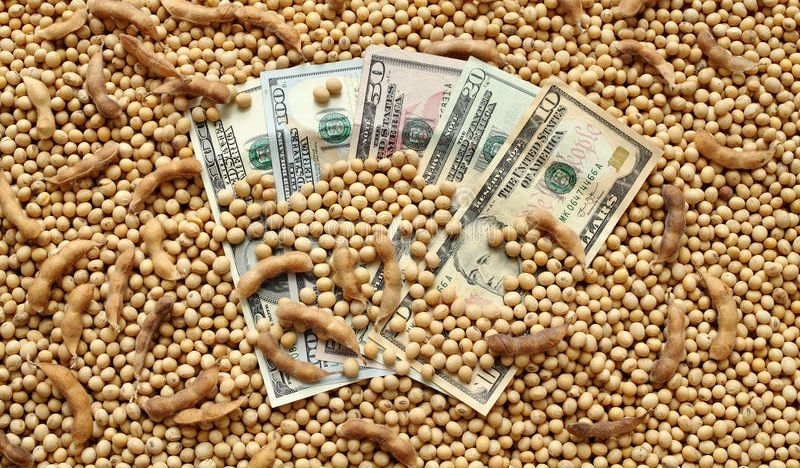Farmers in Argentina Sold 5.1 mt of Soy During “soybean dollar 2”

Argentina’s launched its “soybean dollar 2” program on November 28th with a special exchange rate to encourage farmers to sell some of their remaining soybean stocks. The program allows dollars collected from international soybean sales to be exchanged at a rate of 230 pesos per dollar, which is significantly above the official exchange of 165 pesos per dollar when the program started. The program will end on December 30th.
From November 28 to December 25, farmers in Argentina had sold 5.11 million tons of soybeans according to the Rosario Grain Exchange. Thus far, US$ 2.22 billion in sales have been registered which represents 74% of the goal of the program. The government had hoped to bring in US$ 3 billion with the program.
The original “soybean dollar” program, which ran during the month of September, allowed dollars from soybean sales to be exchanged at a rate of 200 pesos per dollar compared to the official rate of approximately 150 pesos per dollar. The original program was very successful and farmers sold approximately 15 million tons of soybeans bringing in US$ 8 billion to the country.
The goal of both programs was to stimulate the sale of soybeans to reinforce foreign currency reserves that the federal government needs to service its debts.
When the original program ended, there were approximately 12 million tons of soybeans that were still unpriced in Argentina. As soon as the first program ended, farmer sales slumped because farmers had sold what they needed to finance the 2022/23 crop and they rightly assumed that the government would conduct a second program.
When the first program ended, farmer soybean sales in Argentina had generally returned to the average selling pace. Sales during the second program are about half of the volume of the first program because farmers have fewer soybeans left to sell.
The “soybean dollar 2” program will create additional headwinds for the Argentine crushing industry that needs to compete with the export sector for needed supplies.
Read also
Wheat in Southern Brazil Impacted by Dry Weather and Frosts
Oilseed Industry. Leaders and Strategies in the Times of a Great Change
Black Sea & Danube Region: Oilseed and Vegoil Markets Within Ongoing Transfor...
Serbia. The drought will cause extremely high losses for farmers this year
2023/24 Safrinha Corn in Brazil 91% Harvested
Write to us
Our manager will contact you soon



